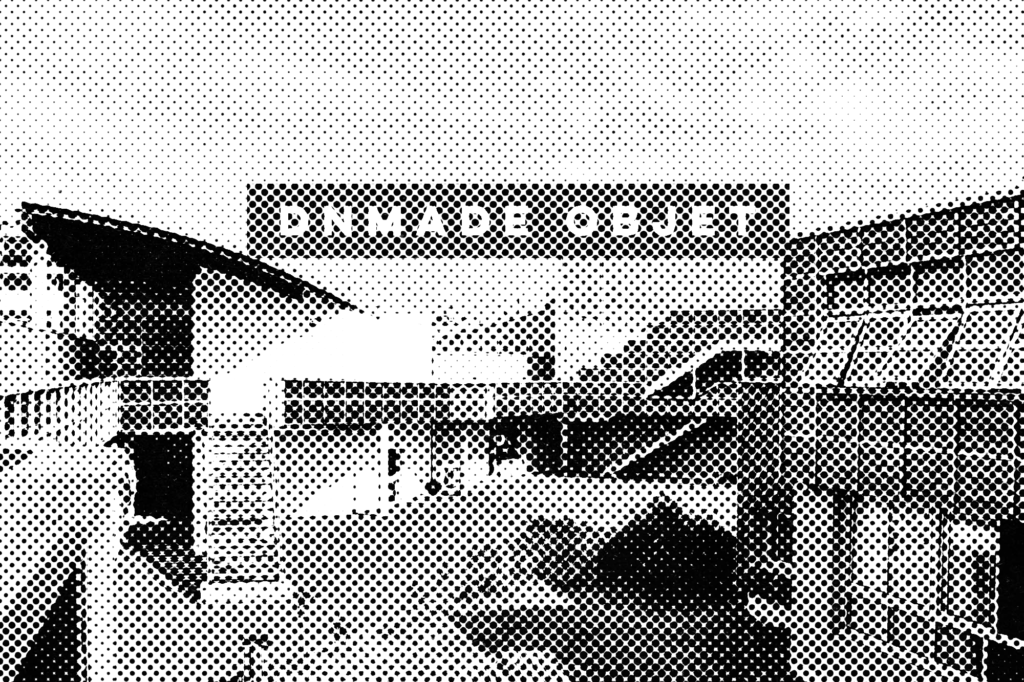
Can design harm? – Presentation to Lycée Mansart
- Project
Table of Contents
Collaboration

In 2021, a teacher from the French high school “Mansart” joined Humanitarian Designers’ community eager to learn from our activities and see how it could be applied to her curriculum. Motivated by this idea, we maintained contact over the years awaiting the right opportunity to collaborate and create meaningful activities for the students.
In 2022, Cédric Fettouche, co-founder of Humanitarian Designers, presented his professional journey to the students for a one-hour presentation and Q&A. It allowed to raise awareness about humanitarian aid, inspire students towards different professional journeys, and initiate a simple collaboration.
In 2024, Mansart high school partnered with Emmaüs, a non-profit organisation that runs a centre for women and children in situation of exile in France. As a result, the teacher asked us to give two presentations on the key ethical considerations when initiating such a collaboration.
Lycée Polyvalent Mansart - DNMADE objet
The “Diplôme National des Métiers d’Art et du Design” (DN MADE) is a three-year vocational degree focusing on design and art professions. At Lycée Mansart, this degree specialises in product design, woodworking, and eco-friendly objects. The students were in their first year after completing their baccalaureate, typically around 19 years old.
Course

For this 90-minute online course, our two teachers, Catarina Batista and Cédric Fettouche, framed the narrative with a provocative question: “Can design harm?” We presented a video and several slides with the following objectives:
- Demonstrate that design is not neutral
- Explain the concept of risk and risk assessment
- Illustrate how participation can lead to better-informed decisions
- Introduce the concept of power asymmetry
We concluded by facilitating a self-reflection exercise and discussion, encouraging students to apply these new insights to their projects.
